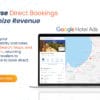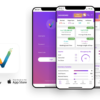Inside Google Marketing: How we think about digital-first planning
November 12, 2019
by Google
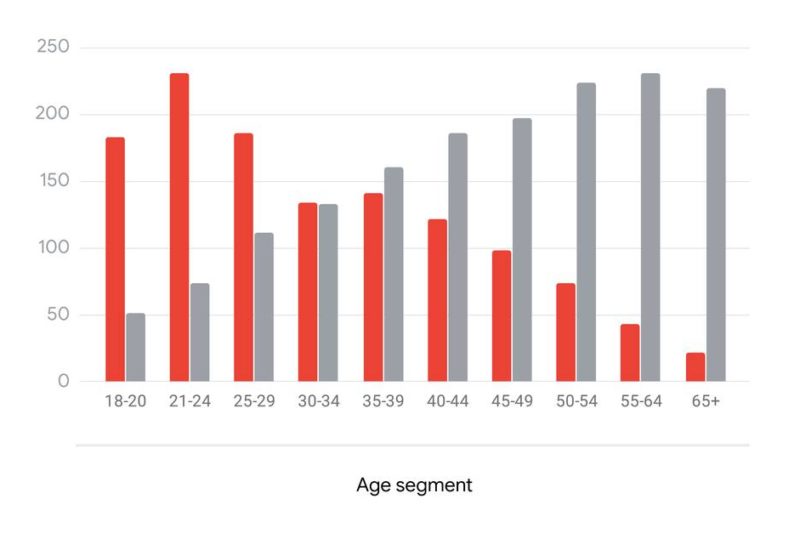
Inside Google Marketing: How we think about digital-first planning
“Television’s reach and scale is unbeatable,” says prevailing wisdom in brand advertising. If you’re a brand marketer, chances are you’ve said or thought this yourself. I certainly have.
As a result, most of us plan our ad campaigns with a TV-first mentality: lay in legacy television levels, which get the majority of brand media spend, then later incorporate digital channels to drive incremental reach and added frequency. But with audiences shifting to digital, it’s time to reconsider that default way of thinking and your digital strategy.
Challenging the TV-centric approach
For the past few years, my team at Google Media Lab, which manages the media strategy for all of Google’s advertising campaigns, has challenged this TV-centric approach. We’ve flipped the script and now plan for digital channels first. Our rationale? If we want to reach the audiences we care about, we need to be on the same platforms they’re on. And increasingly, that means having a strong online video presence.
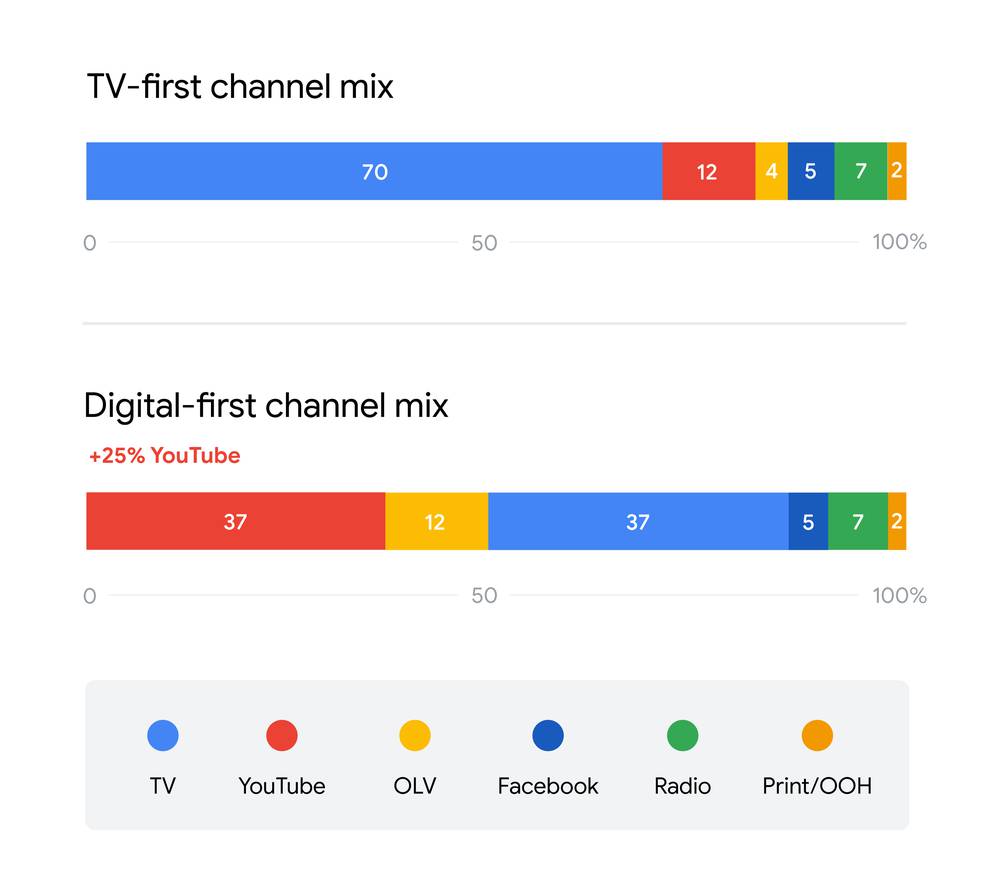
“But does it work?” you ask. Our tests show that it does. Digital video can drive reach just as fast as TV, in the same time period, with similar results. Let me share an example.
Digital-first strategy for a high-stakes launch
Late last year, in the midst of the most important selling season against huge sales targets, we worked with Google’s hardware marketing team to compare the reach levels of digital video and television for the launch of our Pixel 3 smartphone.
The two-week experiment was simple. During week one, ads ran on national TV in the U.S. and were dark on YouTube. Week two was the reverse: no TV, all YouTube. Our hypothesis was that in the U.S., YouTube could generate as many target rating points (TRPs) in a week as television, at comparable reach levels, with similar results. For both channels, our target demographic was adults ages 18 to 49. We measured reach results for TV using Nielsen TV Ratings; for YouTube, we used Nielsen Digital Ad Ratings.
Test results confirmed our hypothesis. We found that YouTube scaled higher than TV in a one-week period, with several key advantages, such as reaching more young adults ages 18 to 29.1 Nielsen also reported that YouTube’s unique reach of audiences of 18- to 49-year-olds was 36% higher than that of TV,2 and that YouTube reached an audience five years younger, on average.3
YouTube skews younger and delivers scale
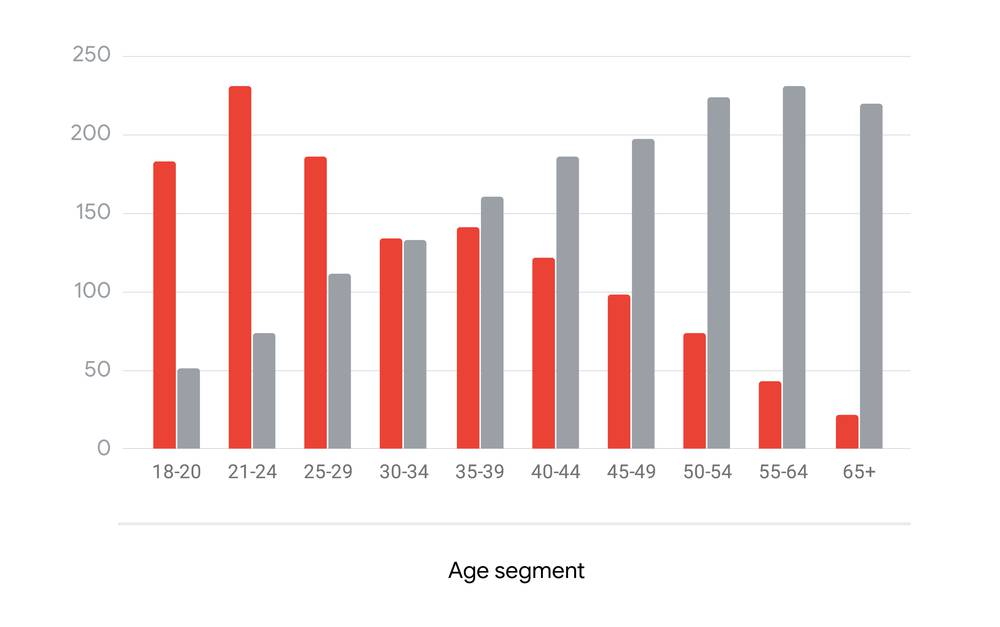
Applying a digital-first mentality to your own plans
Were these results a one-off? It doesn’t appear so. Since the initial experiment, we have repeated these tests over multiple campaigns, using nonskippable 15-second ads and Google Preferred ad inventory, and saw comparable results. In the meantime, we’re continuing to test and refine our approach to gain more insight into the best combination of digital video formats to drive reach and the optimal number of creative variations to have in the mix.
If what we’ve shared has sparked an interest in trying a digital-first approach in your own marketing, here’s my recommendation. Start with a low-risk scenario. Is there a particular day of the week, or week of the year, or type of campaign that tends not to perform well, despite media support? Try going dark on TV and shifting spend to digital video for that day or week or campaign. See what you learn from this new digital strategy and go from there.





